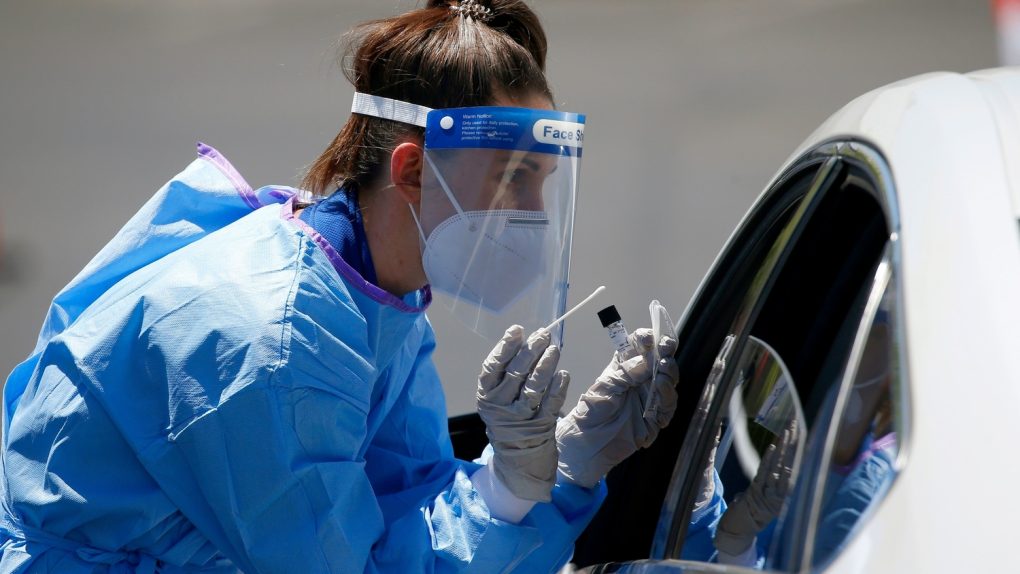- Fever isn’t always going to be an indication of infection with the novel coronavirus, new studies have revealed.
- Researchers from Europe and the US concluded that loss of smell is encountered more often in COVID-19 patients than fever.
- COVID-19 can’t be diagnosed by looking at symptoms alone, but some of the signs associated with the new disease might point physicians in the right direction.
- Visit BGR’s homepage for more stories.
Fever, cough, and shortness of breath are thought of as the most common uncommon coronavirus symptoms, as we were told in the early days of the outbreak. Because of that, an actual test is needed to confirm infection with the novel coronavirus since fever, cough, and shortness of breath can also appear with other medical conditions, like the flu. As doctors obtained more data from COVID-19 patients, they started observing additional signs that can be associated with the infections. Muscle pain, chills, and sore throat can be indicative of COVID-19, but they’re still not unique enough to diagnose the illness. Then, we learned about some unusual symptoms. The sudden loss of smell and taste, neurological and cardiac manifestations, as well as skin lesions can all be caused by the novel coronavirus.
Researchers confirmed that the sudden loss of smell and taste is caused by the virus, and they have explained the phenomenon in great detail. But just as that happened, studies revealed that some of the symptoms we’ve been trained to look for might not be there. The list includes sore throat and fever, and a couple of new studies go on to say that fever is actually not a reliable indicator of a COVID-19 infection.
The first study comes from Harvard-affiliated Cambridge Health Alliance and was published in Mayo Clinic Proceedings (via Boston Globe). The researchers analyzed data from 1,000 patients who visited an outpatient COVID-19 clinic in Greater Boston, looking for differences between COVID-19 and other diseases that may have similar symptoms.
For example, they found that shortness of breath in COVID-19 can worsen over a few days, developing gradually. The condition can affect simple activities like walking or climbing stairs. Whereas anxiety-induced shortness of breath comes on suddenly.
Shortness of breath in COVID-19 can appear four or five days after infection, but not all people will complain about it. Others will have symptoms like dizziness or falling that are consistent with low oxygen levels. The study warns that doctors should know the difference between SARS-CoV-2 pneumonia and other types of pneumonia, noting the “striking similarity” between them.
Fever is not “a reliable indicator” for the infection. The virus can “manifest only with mild elevations in temperature.” And the disease can start with just coughing, without other symptoms. Interestingly, the loss of smell during the first five days is a more reliable early hint, the study said. The virus can also “present with severe body aches and exhaustion.”
The researchers also differentiated the flu from COVID-19 by looking at symptoms. “People with uncomplicated flu rarely develop significant shortness of breath,” a statement said. “When they do experience trouble breathing, the shortness of breath is mild and remains stable. On the rare occasion of when flu causes a viral pneumonia, patients deteriorate rapidly, within the first two to three days.”
Separately, doctors from Europe looked at 1,420 patients from 18 hospitals, analyzing the clinical presentation of the disease in Europe. They also discovered that fever only appeared in 45% of the cases, with the most common symptoms of the disease including headache (70.3%) and the loss of smell (70.2%) in mild-to-moderate cases.
The clinical presentation of mild‐to‐moderate Covid‐19 substantially varies according to the age and the sex characteristics of patients. Olfactory dysfunction seems to be an important underestimated symptom of mild‐to‐moderate Covid‐19 that needs to be recognized as such by the WHO.
The European study was published in the Journal of Internal Medicine. A different study also noted that doctors shouldn’t focus only on fever and coughing when looking to diagnose COVID-19 clinically. Many people will be infected, but they won’t show any symptoms, of course. Therefore, the best way to diagnose COVID-19 and conduct coronavirus screening is through proper testing.








